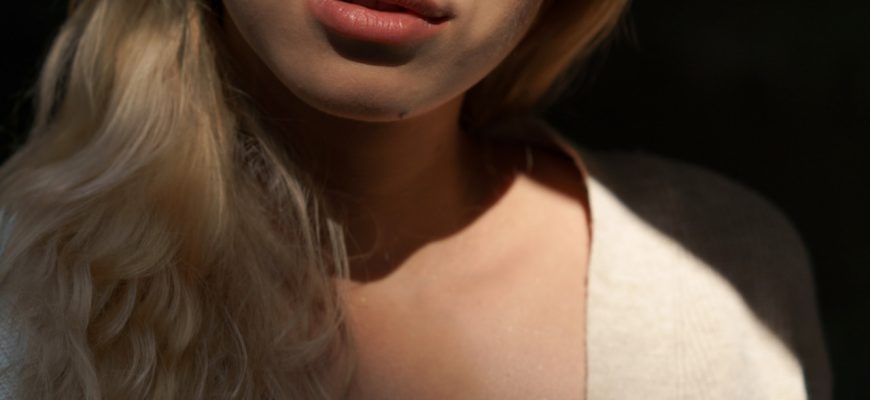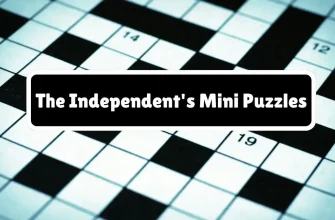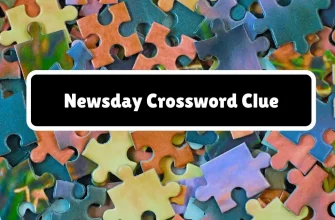As someone who knows firsthand how dark depression can get, I firmly believe that this is an important social and cultural issue we need to address. Unfortunately, a lot of it boils down to how social media glamorizes and romanticizes depression, making it seem like a “cute,” “aesthetic,” or “quirky” personality trait instead of something that should be taken seriously.
Content warning: This article contains depictions of suicidal thoughts and ideation.
My Experience with Depression As a Teenager
I’ve been anxious for as long as I can remember, so it wasn’t a surprise when I started experiencing symptoms of depression in middle school. I attribute much of my anxiety and depression to genetics but being bullied in middle school also contributed to my depression (most of my long bouts of depression have started off as situational and morphed into something worse). I have been able to manage my symptoms and live a happy life as an adult, but it was much harder to cope when I was a teenager.
My worst bout of depression came about when I was in my late teens. For months, I struggled to get out of bed and experienced intense feelings of severe depression, hopelessness, and suicidal thoughts and ideation. During this period, the sense of hopelessness was so overwhelming that I didn’t see the point in anything. The dark cloud that hung over my life was suffocating, and at times I felt there was no way out. Luckily, I realized that I couldn’t live like that anymore, and I decided to get help.
My friends and family were not only thrilled when I decided to take steps to get better but held me accountable in my journey to get happy and healthy again, and I couldn’t be more grateful for them. Finally reaching the light at the end of that dark tunnel was one of the most gratifying moments of my life.
I’ve had bouts of depression since then, but none were as severe as this one (I recently turned 29, so it’s been 11 years since my worst bout of depression), and I owe that to the wonderful coping skills I learned in therapy and my great support system. I know it’s not healthy to dwell on it, but there are times when I wonder what my life would have been like if I hadn’t gotten the help I needed.
What the Stats Say
This past February, NBC reported on the CDC’s results of their 2021 Youth Risk Behavior Survey, citing the following statistics: “Nearly 3 in 5 teen girls (57%) said they felt ‘persistently sad or hopeless.’ That’s the highest rate in a decade. And 30% said they have seriously considered dying by suicide – a percentage that’s risen by nearly 60% over the past 10 years.”
The CDC reports that 1 in 5 (22%) of teenagers surveyed have attempted suicide over the past year.
NBC’s article continues, “Overall, more than 40% of boys and girls said that they’d felt so sad or hopeless within the past year that they were unable to do their regular activities, such as schoolwork or sports, for at least two weeks. When researchers looked at gender differences, girls were far more likely to report such feelings than boys.”
The CDC report also says that “sexual attacks and other traumatic experiences” are some of the reasons behind these rates of depression and that 1 in 5 (22%) of teenagers surveyed have attempted suicide over the past year. From isolation due to the pandemic to increased social media usage, you could argue that there are several causes behind the increased rates of depression in teenage girls. Disturbing aspects aside, I couldn’t help but remember my own experience with depression as a teenager while reading through the data. I think it’s safe to say that the vast majority of people who have experienced depression wouldn’t wish it on their worst enemy.
My Worries for This Generation
Before I continue into my concerns for this generation of teenagers, I want to make one thing very clear. Depression is a horrible mental health condition and is not a choice. Nobody chooses to be depressed, but those who have depression have to make a choice if they want to get better and seek treatment because getting better is hard work. Unfortunately, it’s easier and more comfortable to stay in the depression bubble. It may not be the politically correct thing to say, but I know from experience that the only way to get healthy is to get up and do the work.
In a culture that both glamorizes and romanticizes depression and other mental illnesses in social media, my fear is that today’s teenage girls will choose not to get help. There’s nothing “cute” or “quirky” about anxiety and depression. Though self-deprecating humor can be a helpful coping tool for some, romanticizing these disorders on social media doesn’t help anyone. I’d go as far as to argue that romanticizing it makes it look “cool,” making it less likely for teenage girls to seek help because they see it as a trend they can participate in instead of something they need to work on.
Romanticizing depression makes it look “cool,” making it less likely for teenage girls to seek help.
I’m not the only one to pick up on how some mental illnesses have been deemed “cool.” Alyson Zetton Williams of Vice writes, “This trend of ‘beautiful suffering’ innately splits mental illnesses into ‘cool’ and ‘uncool,’ creating a schism that pushes the mental illnesses deemed too taboo for aesthetic appropriation further into the abyss. This allows some to appear, by association, more like Lana Del Rey, whose image has always been based upon maintaining a level of physical beauty through a narrative of (but not limited to) abuse, suicidal ideation, and melancholy, rather than Kanye West, whose public struggle with bipolar has categorized him as ‘crazy.’”
She continues, “These aesthetics imply that having one of the ‘cool’ illnesses grants you intelligence, uniqueness, and glamour. The inverse implication is that owners of an ‘uncool’ mental illness are not only lacking in these areas, but will continue to soak up whatever’s left of the transgressive ‘crazy’ stereotype.”
This phenomenon of “cool” mental illness has only grown worse with the rise of social media apps like TikTok. Though some of these TikToks look like users just sharing their experiences with depression and other mental illnesses, the amount of views on some of these videos and the “aesthetic” of mental illness only contributes to the problem.
With growing rates of teenage girls experiencing depression and suicidal thoughts, I worry that fewer of them will get the help they need that could save their lives. I know that my choice likely saved my life, and I can’t say with complete certainty that I would have gotten help if I’d lived in a social media culture that glamorized mental illness at the time.
Closing Thoughts
The rates of teenage girls experiencing suicidal thoughts and ideation have increased by 60% over the past decade. This is the result of a combination of unspeakable things happening in our society, but depression seems to be the main culprit. Unfortunately, there isn’t a one-size-fits-all cure for depression, increasing the importance of encouraging teenage girls to be open about their emotions and to seek help when it’s necessary. Something we can all do is to stop romanticizing mental illness to the point where it’s seen as a “cute” or “quirky” trait, as that will only discourage girls from seeking help that could save their lives.
Don’t miss anything! Sign up for our weekly newsletter and get curated content weekly!









